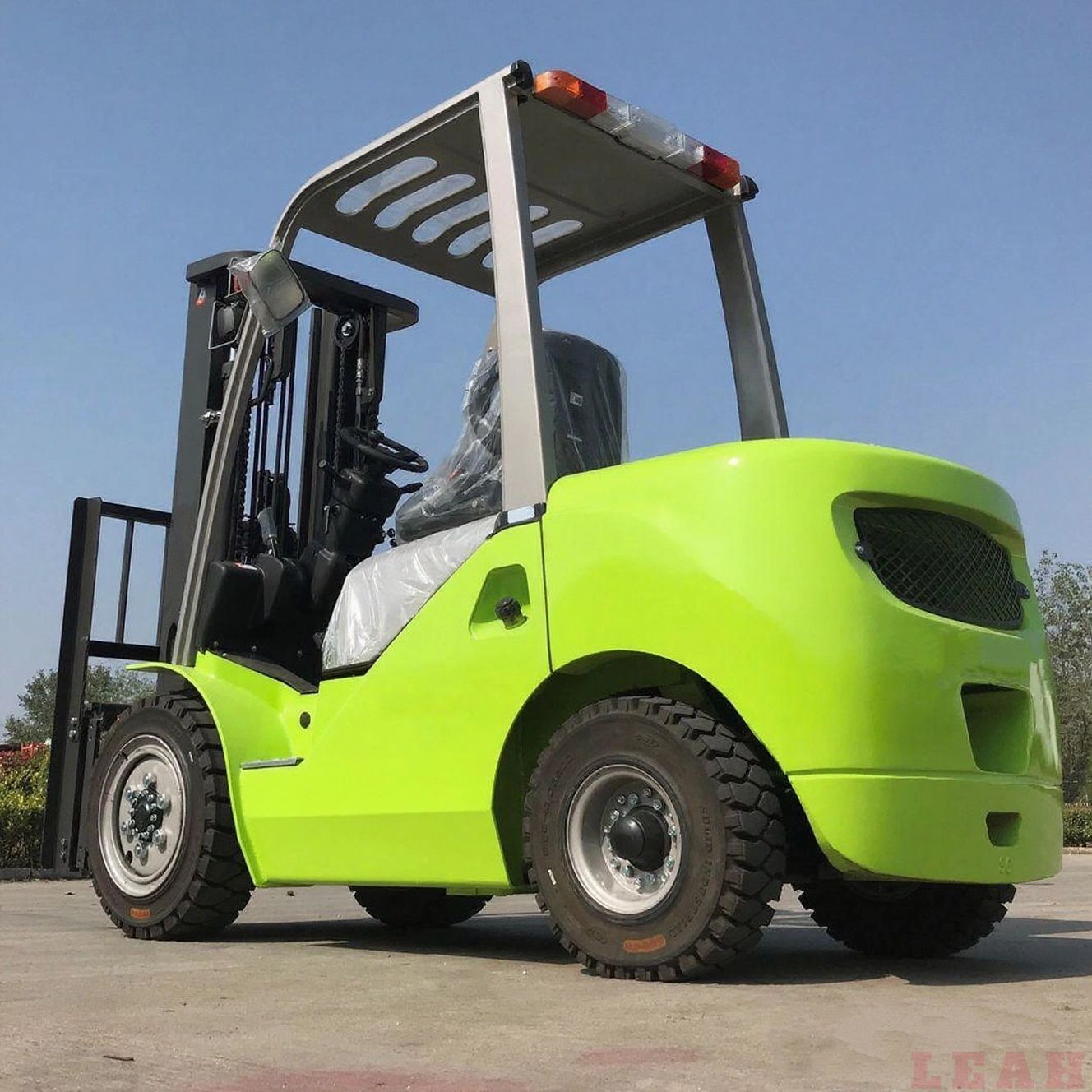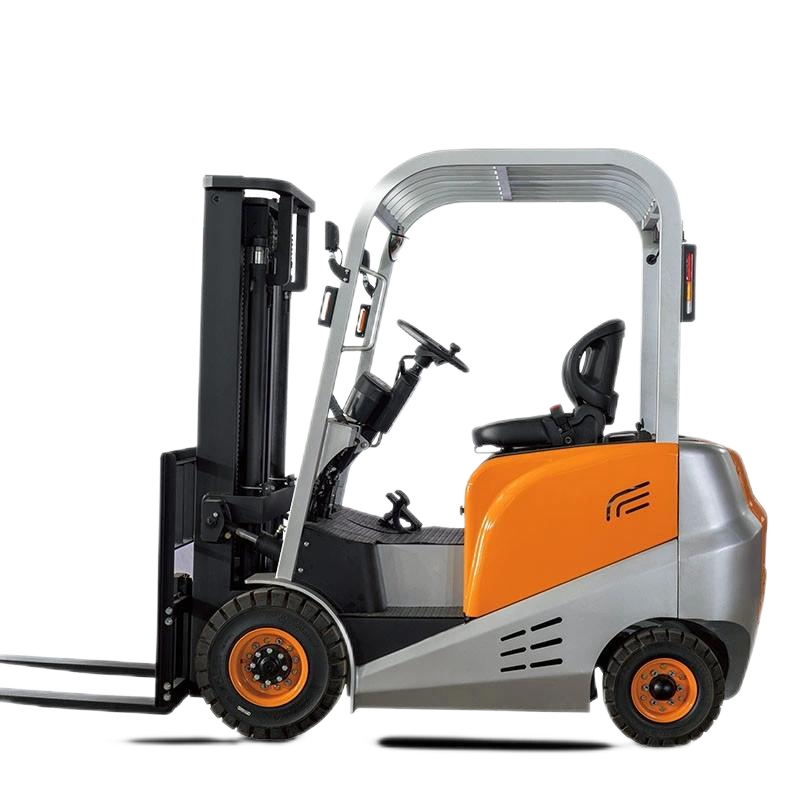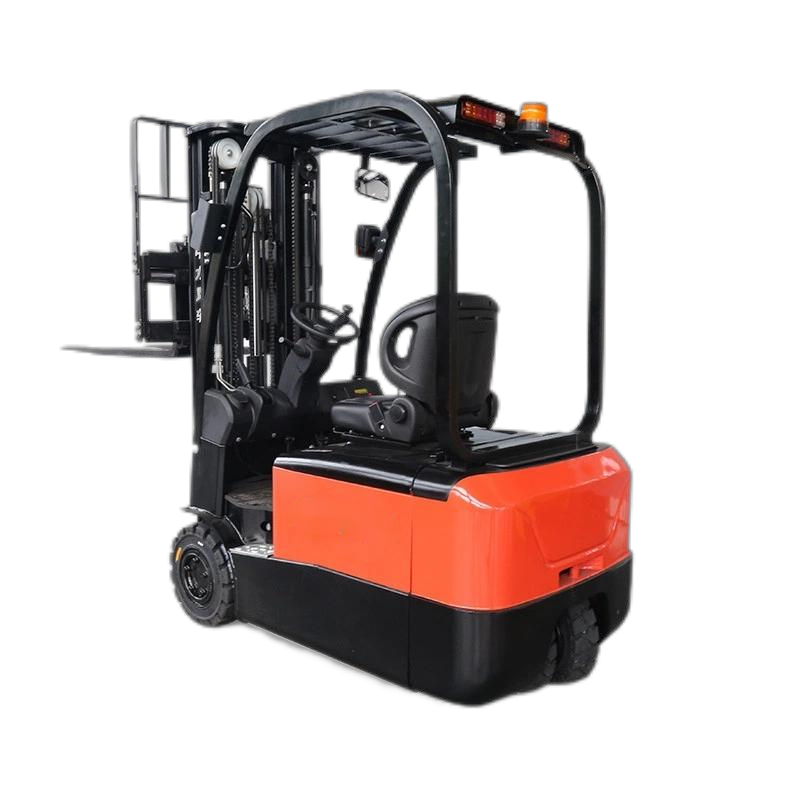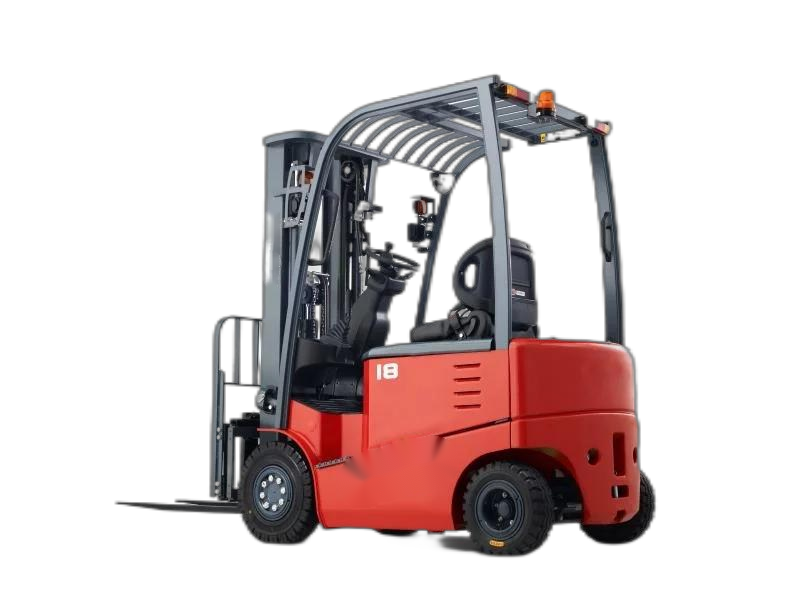To determine whether an electric forklift fault requires professional handling, the core lies in three dimensions: "operation difficulty, safety risks, and component professionalism". Ordinary users can quickly classify faults through "basic inspection + risk elimination" to avoid safety accidents or equipment damage caused by unauthorized operations.
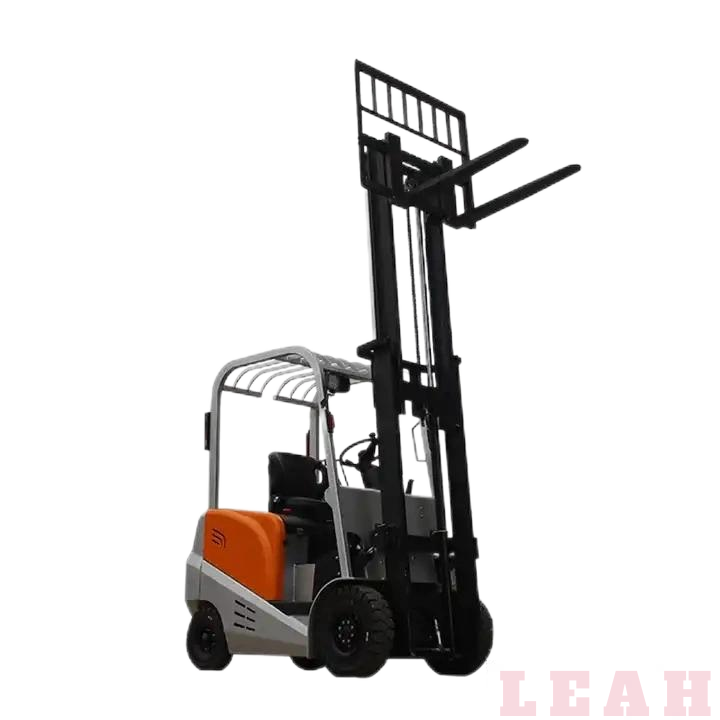
I. First Conduct "Basic Self-Inspection": These 3 Types of Faults Can Be Initially Handled by Yourself Without Immediately Seeking Professional Help
If a fault can be easily resolved through the three steps of "observation, inspection, and testing" without safety risks, you can handle it yourself. The specific situations include:
1. "Simple Faults" Locatable Through Visual Inspection
- Examples: The forklift fails to start, and inspection reveals "the charging plug is not disconnected," "the key is not turned properly," or "the battery is dead (instrument shows red)"; the forks cannot lift, and inspection finds "the hydraulic oil level is below the scale line."
- Judgment Criteria: No disassembly of any components is required. The cause can be identified only by observing the instrument and checking external conditions (such as plugs, oil levels, and tire pressure). The handling methods are basic operations like "reconnecting the plug, refilling oil, and charging."
2. "Temporary Recovery" Faults Without Safety Risks
- Examples: Sudden jamming during driving, which returns to normal after turning off the power and restarting; the forks get stuck when tilting, and the fault disappears after repeatedly operating the handle under no-load conditions to release air.
- Judgment Criteria: The fault can be resolved through "restarting or simple reset operations." After recovery, the forklift’s driving, braking, and operation functions are normal, with no abnormal noises or alarms.
3. "Obvious Damage" to External Wearable Parts (Only Judgment, Not Self-Replacement)
- Examples: A punctured tire (visible damage to the naked eye), a fallen anti-slip pad on the forks, or a non-functional horn (inspection reveals loose horn wires).
- Judgment Criteria: The damaged parts are externally visible wearable components. You only need to "inform the maintenance personnel of the part location" and do not need to disassemble them yourself (e.g., tire replacement requires professional tools and still needs to be done by professionals, but you can judge the fault point on your own).
II. Immediately Stop Operation: 4 Scenarios That Must Require Professional Help
If any of the following conditions are met, never handle the fault by yourself—you must contact professional maintenance personnel. The core reasons include "involving safety, requiring professional tools/knowledge, and complex components":
1. Faults Involving "Core Safety Components"
- Include: Brake failure (no response when stepping on the pedal, parking brake cannot hold), stuck/biased steering (still ineffective after adjusting tire pressure), and sudden loss of control during driving (failure of acceleration/deceleration).
- Reason: These components are directly related to personal and equipment safety. Unauthorized adjustments (such as disassembling the brake pump or adjusting the steering rod) may cause the forklift to roll over or collide if operated incorrectly, posing extremely high risks.
2. Faults Involving "Complex Components of the Electrical System"
- Include: Abnormal noise/smoke from the motor, controller alarm (instrument displays fault codes such as "E01/E02"), burned battery terminals (with a burnt smell), and short circuit (smell of burnt wires).
- Reason: Motors and controllers are high-voltage components. Detecting circuits requires professional tools such as multimeters and diagnostic instruments. Ordinary users may get an electric shock if operating them. Handling battery terminals requires disconnecting the main switch first and using professional techniques to prevent short circuits.
3. Faults Involving "Hydraulic System Sealing/Pressure"
- Include: Oil cylinder leakage (not just low oil level, but oil seepage/dripping at the cylinder joint), slow fork lifting (still ineffective after refilling oil), and failure of the tilting cylinder to reset.
- Reason: The hydraulic system involves seals and pressure valves. Unauthorized disassembly may cause hydraulic oil to splash (high-pressure oil is dangerous), and improper installation of seals will aggravate leakage. Pressure adjustment must be done by professionals.
4. "Recurring" or "Unidentifiable Cause" Faults
- Include: The same fault (e.g., "automatic shutdown after startup") occurs more than twice a day even after restarting/simple handling; vague fault symptoms (e.g., abnormal noise during driving but unable to locate the specific position).
- Reason: Recurring faults are usually "hidden problems" (such as poor wire contact or component aging), which require professional personnel to inspect with diagnostic equipment. Ordinary users are difficult to locate the cause, and delays may turn minor faults into major ones (e.g., motor burnout due to poor contact).
Quick Judgment Rhyme
Remember these 3 sentences to make a preliminary judgment on-site within 10 seconds:"Visible, resettable, and not involving safety parts—self-inspectable;Brake/steering, motor/controller, hydraulic leakage—seek professionals;Recurring faults, no clues—don’t disassemble randomly, wait for maintenance."






